Gentle, non-surgical solutions for TMJ pain, headaches, and facial tension.

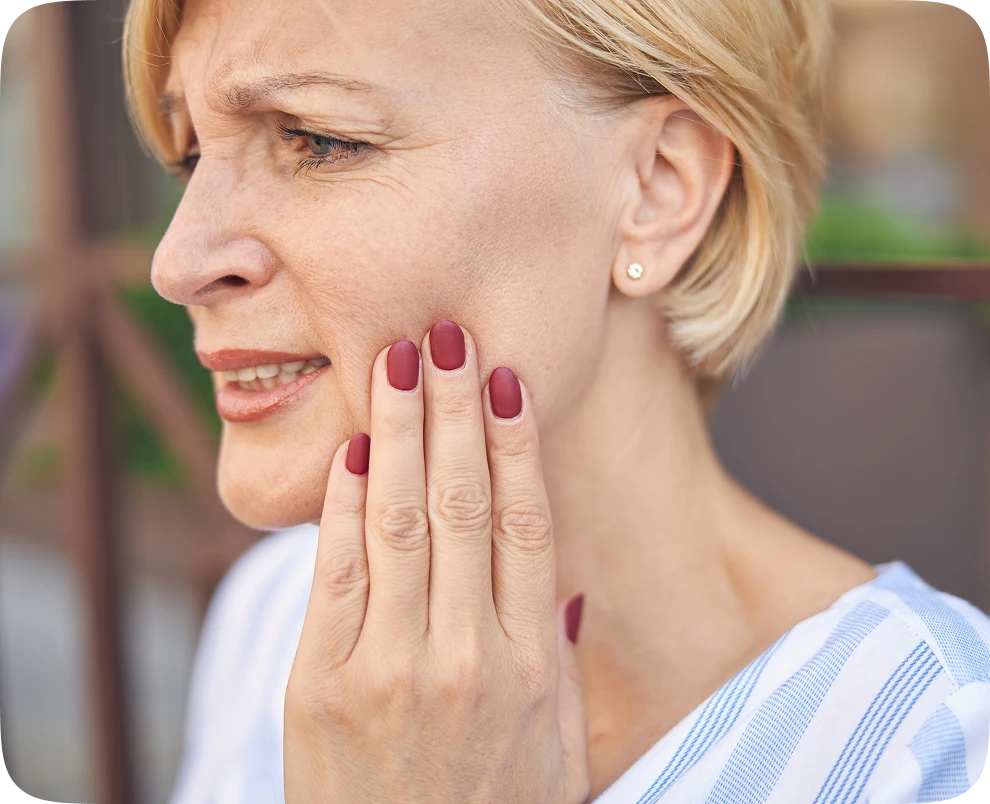
Do you wake up with jaw pain or tension? Struggle with headaches, clenching, or clicking sounds in your jaw? You may be living with TMD and not even know it.
Your temporomandibular joints (TMJs) are the small but powerful hinges that connect your lower jaw to your skull. When inflamed, misaligned, or overworked, they can trigger widespread symptoms throughout the head, neck, face, and other parts of the body.
This dysfunction is called TMD (temporomandibular disorder) and it’s more common than most people realize.
Many patients come to us after years of unexplained discomfort, not realizing their jaw is the root cause. If any of the following symptoms feel familiar, it may be time to evaluate your TMJs:
TMD symptoms often masquerade as unrelated health concerns. We look deeper to find the true source.








TMJ dysfunction isn’t just about the joint—it’s about how your entire system works together. We’ve seen patients with facial pain, migraines, and even posture issues find lasting relief once we identified and treated the real cause: TMD.
— Dr. Eric Phelps
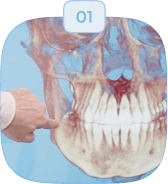
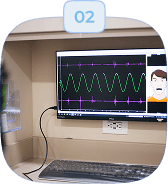
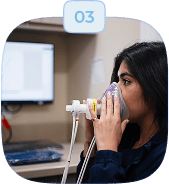
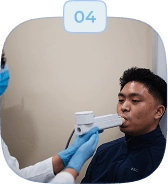
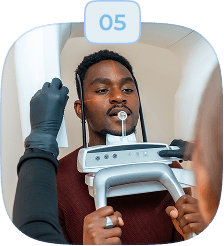

Stabilize the Joint
We often begin with a custom-fitted oral orthotic that decompresses the joint and relieves pressure. These appliances are worn part-time or full-time depending on the diagnosis.
2
Address the Airway
If your imaging or symptoms indicate airway dysfunction, we collaborate with ENT or sleep specialists to reduce obstruction and improve nighttime breathing. A restricted airway often forces the jaw muscles into chronic strain.
3
Restore Muscle Balance
We integrate myofunctional therapy to retrain oral and facial muscles and improve resting posture. In some cases, physical therapy or posture work is recommended to support cervical alignment and long-term joint stability.
No two TMD cases are the same. That’s why our approach is customized and often delivered in phases based on your diagnosis, symptoms, and root cause.
Depending on your needs, your treatment may include:
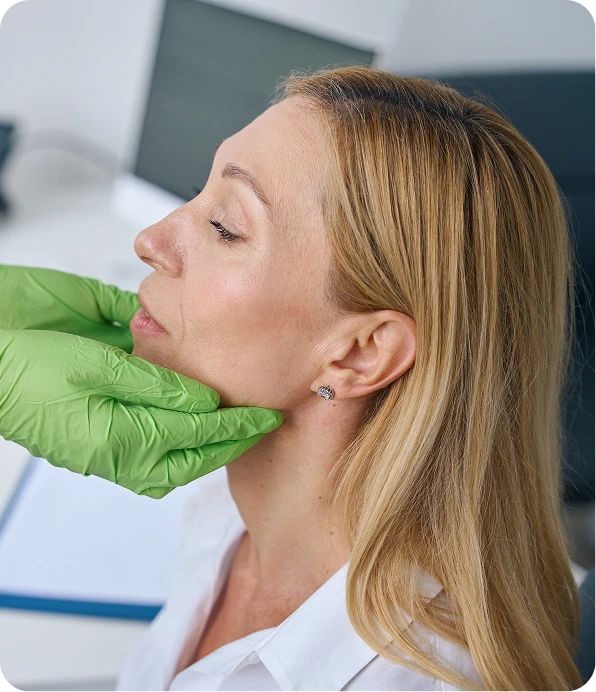

Removable or fixed appliances designed to stabilize and decompress the joint.

Using 3D imaging to precisely assess condyle and disc alignment.

Exercises to improve tongue posture, nasal breathing, and muscle balance.

When skeletal structure or jaw development contributes to dysfunction.

In collaboration with ENT and sleep physicians to reduce clenching triggers.

Addressing body alignment to support long-term joint and muscle function.

Hands-on, doctor-led refinement based on clinical response and new data.

In severe or non-responsive cases, we coordinate with trusted surgeons. Surgery is only considered after thorough diagnostics and conservative care.
This is not one-size-fits-all care — it’s a structured, adaptable pathway built to resolve the root cause and restore total wellbeing.
TMD rarely exists in isolation. Our care model is built on collaboration.
If you’re tired of temporary fixes or unexplained symptoms, we’re here to help you find answers—and real relief.
Call us at 408-298-3433 or click below to schedule a consultation.
Say Hello